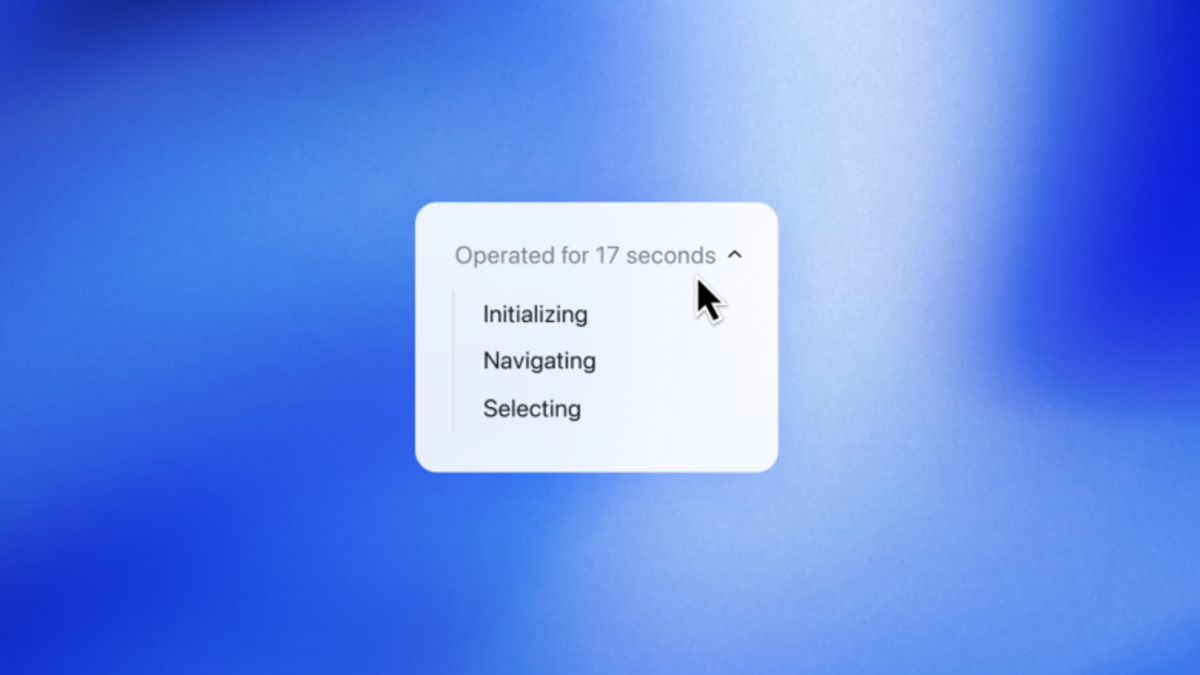Microsoft recognized as a Leader in Gartner’s Magic Quadrant for Access Management
2 min. read
Published on
Read our disclosure page to find out how can you help MSPoweruser sustain the editorial team Read more

Yesterday, Microsoft highlighted that Azure Active Directory (Azure AD) has been recognized as a “Leader” in Gartner Magic Quadrant for Access Management.
“We’re honored to place this well for the fourth time and believe it reflects the energy and passion we’ve put into partnering with our customers to help them successfully digital transform their businesses. That said, there’s lots more work to do, and we look forward to continuing to partner with you, our customers, to assure the products we build keep your organizations secure and productive. We’re grateful for your trust, and I look forward to seeing what we can accomplish together in the coming year,” wrote Alex Simons, CVP of Program Management at Microsoft.
Gartner highlighted the below as the strengths and weaknesses of Azure AD.
-
Microsoft has benefited from increased remote work activity driven by the global health crisis, with some of its Azure services achieving high double-digit growth month over month. This has increased its already-high marks in overall viability.
-
Azure AD premium includes Conditional Access, which is a popular and heavily leveraged adaptive access tool. This past year, Microsoft has added an audit-only mode, which has become popular with customers.
-
Microsoft simplified pricing for its B2C offering, moving to a monthly authenticated users (MAU) model, with no charge for the first 50,000 external identities. Overall pricing analyzed for various scenarios in this research is below the market average.
-
Microsoft is one of the vendors demonstrating not only meeting Web Content Accessibility Guidelines (WCAG) standard for compliance reasons, but also concerned with providing a strong positive experience to people with disabilities.
-
Licensing of Azure AD is designed in a way that “bundles” features, which means that modules can’t be acquired individually. Organizations have to move to a more-expensive subscription package to be able to access more-advanced functionality in Azure AD.
-
CIAM experience is still lacking, when compared with other market leaders, and most B2B and B2C functions are offered in separate tenants.
-
The session management functionality in Azure also continues to be less mature than the market, lacking application by application granularity and other controls. Microsoft is betting on the adoption of continuous access evaluation protocol (CAEP) to resolve this; however, this protocol is new, and universal adoption is not a forgone conclusion.
-
Programmatic interfaces into Azure AD are limited to the Graph API.
Source: Microsoft










User forum
0 messages